GOLang Tutor - Golang Learning and Analysis
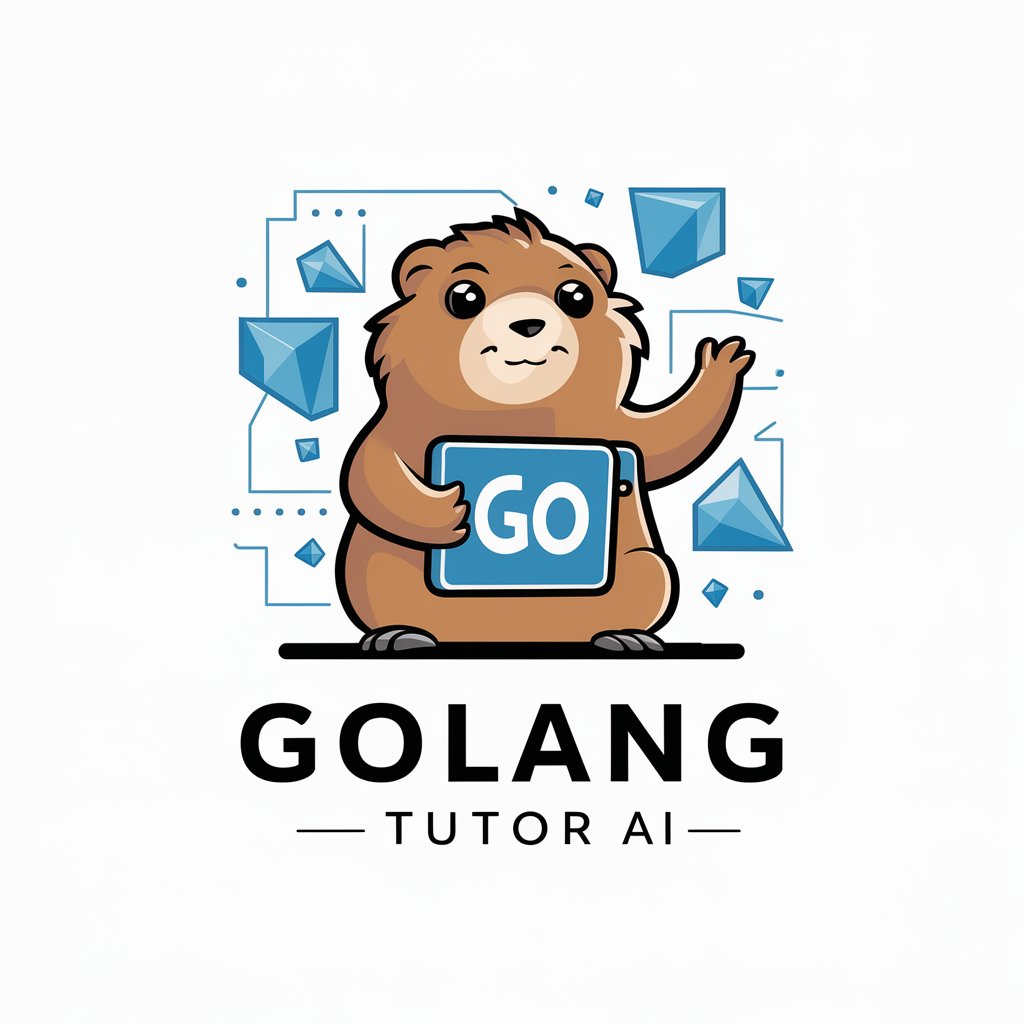
Welcome! I'm here to help you master Golang.
Elevate Your Golang Skills with AI
Explain how Go handles concurrency with goroutines...
What are the best practices for error handling in Go?
Can you provide a detailed example of a Go function?
How does memory management work in Go?
Get Embed Code
Introduction to GOLang Tutor
GOLang Tutor is a specialized assistant designed to help users learn and understand the Go programming language, from syntax and basic concepts to advanced features. Its core purpose is to provide detailed, line-by-line explanations of Go code, making it accessible to beginners and providing insights for more experienced programmers. By breaking down code snippets, GOLang Tutor demystifies programming patterns, standard library usage, and best practices within the Go ecosystem. An example scenario might involve a user submitting a Go function that implements a concurrent pattern using goroutines and channels. GOLang Tutor would then dissect each line of the function, explaining how goroutines are launched, how channels facilitate communication between them, and the role of synchronization mechanisms. Powered by ChatGPT-4o。

Main Functions of GOLang Tutor
Code Explanation
Example
func calculateSum(nums []int) int { sum := 0 for _, num := range nums { sum += num } return sum }
Scenario
In this scenario, a beginner might submit the above function not understanding how loops or slices work in Go. GOLang Tutor would explain the function declaration, the slice argument, iterating over the slice with a for-range loop, accumulating the sum, and finally returning the result.
Best Practices Guidance
Example
func fetchData(url string) ([]byte, error) { resp, err := http.Get(url) if err != nil { return nil, err } defer resp.Body.Close() return ioutil.ReadAll(resp.Body) }
Scenario
Here, an intermediate programmer might be unaware of the importance of resource management. GOLang Tutor would highlight the use of `defer` to ensure the response body is closed, thereby avoiding resource leaks, and explain error handling patterns in Go.
Explaining Concurrency
Example
func process(data chan int) { for value := range data { fmt.Println(value) } }
Scenario
In this example, a user might be curious about Go's concurrency model. GOLang Tutor would detail how the function leverages a channel to receive integers, uses a for-range loop to consume values from the channel until it's closed, and discusses the behavior and control of goroutines.
Ideal Users of GOLang Tutor Services
Beginner Programmers
Individuals new to programming or the Go language can benefit immensely from step-by-step code explanations, gaining a solid foundation in Go syntax, control structures, and basic programming concepts.
Intermediate Developers
Developers with some experience in Go or other languages, looking to deepen their understanding of Go-specific features such as concurrency, the type system, and effective use of the standard library.
Educators and Trainers
Teachers or mentors who provide programming education can use GOLang Tutor as a resource to prepare lessons, find examples of best practices, or even to learn alongside their students as they explore Go's features together.

How to Use GOLang Tutor
Start Your Journey
Access GOLang Tutor for a comprehensive Golang learning experience without any initial cost or need for subscription by visiting a free-trial platform.
Explore Features
Navigate through the intuitive interface to explore various features designed to aid your understanding of Golang, including interactive tutorials, code analysis, and real-time feedback.
Submit Code
Use the submission area to input your Golang code snippets. You can paste existing code or write new code directly into the platform.
Receive Feedback
After submitting your code, GOLang Tutor will analyze it line-by-line, providing detailed explanations on syntax, logic, and potential improvements.
Iterate and Learn
Utilize the feedback to refine your code and deepen your understanding of Golang. Repeat the process with new snippets to progressively enhance your skills.
Try other advanced and practical GPTs
Golang Metor
Empowering your GoLang journey with AI
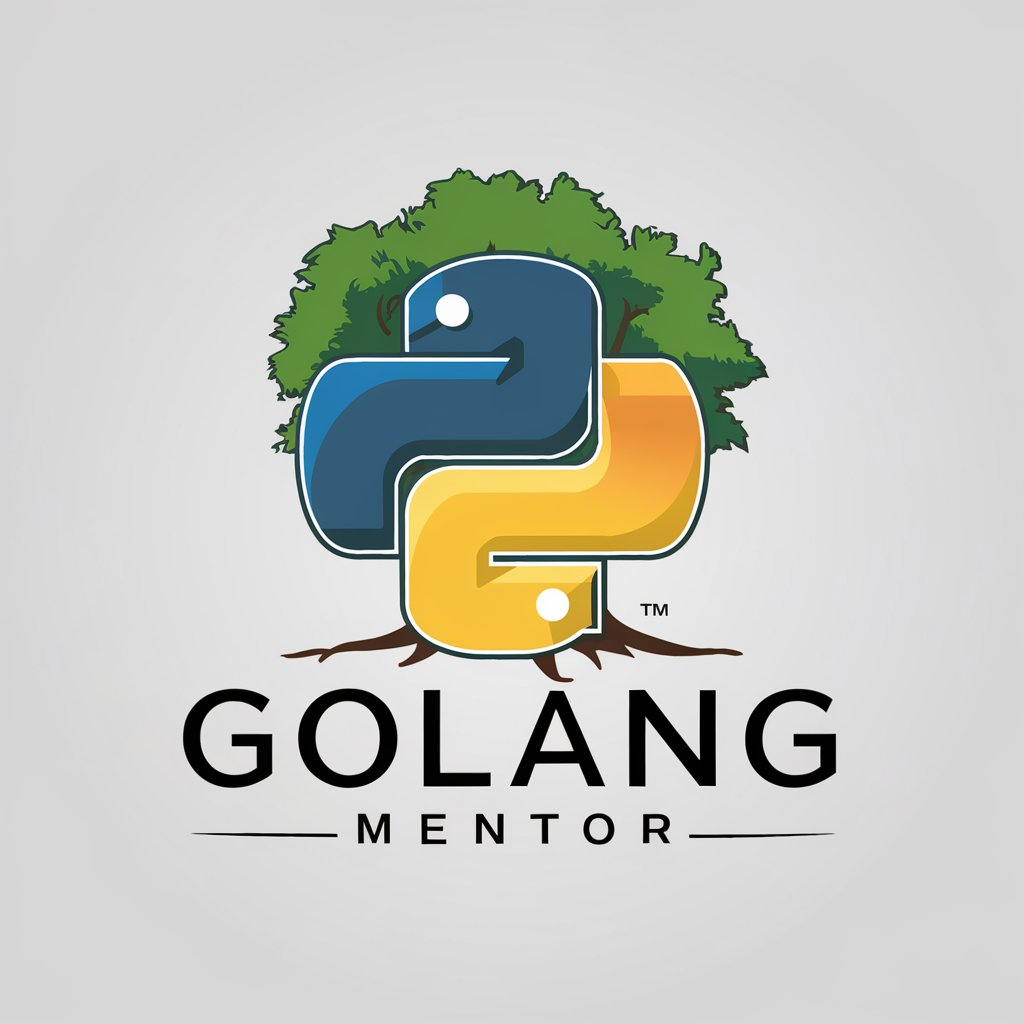
Merger and Acquisition Consultant
Streamlining M&A with AI Expertise
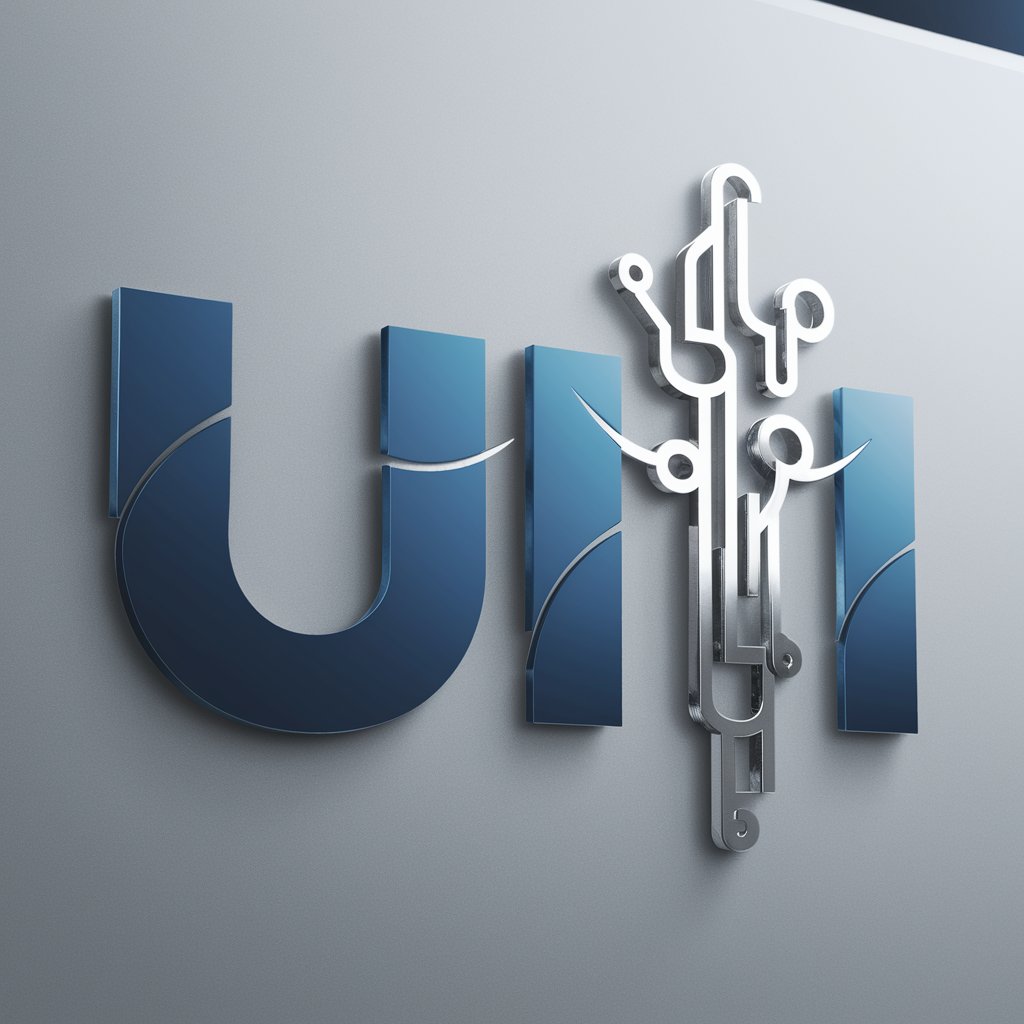
Mergers and Acquisitions Analysis GPT
AI-driven M&A Evaluation and Planning

Paragraph Merger
Merge paragraphs seamlessly with AI.

Merger
Elevate Your Creativity with AI

Lobster Claus
Unlocking AI's Creative and Technical Potential
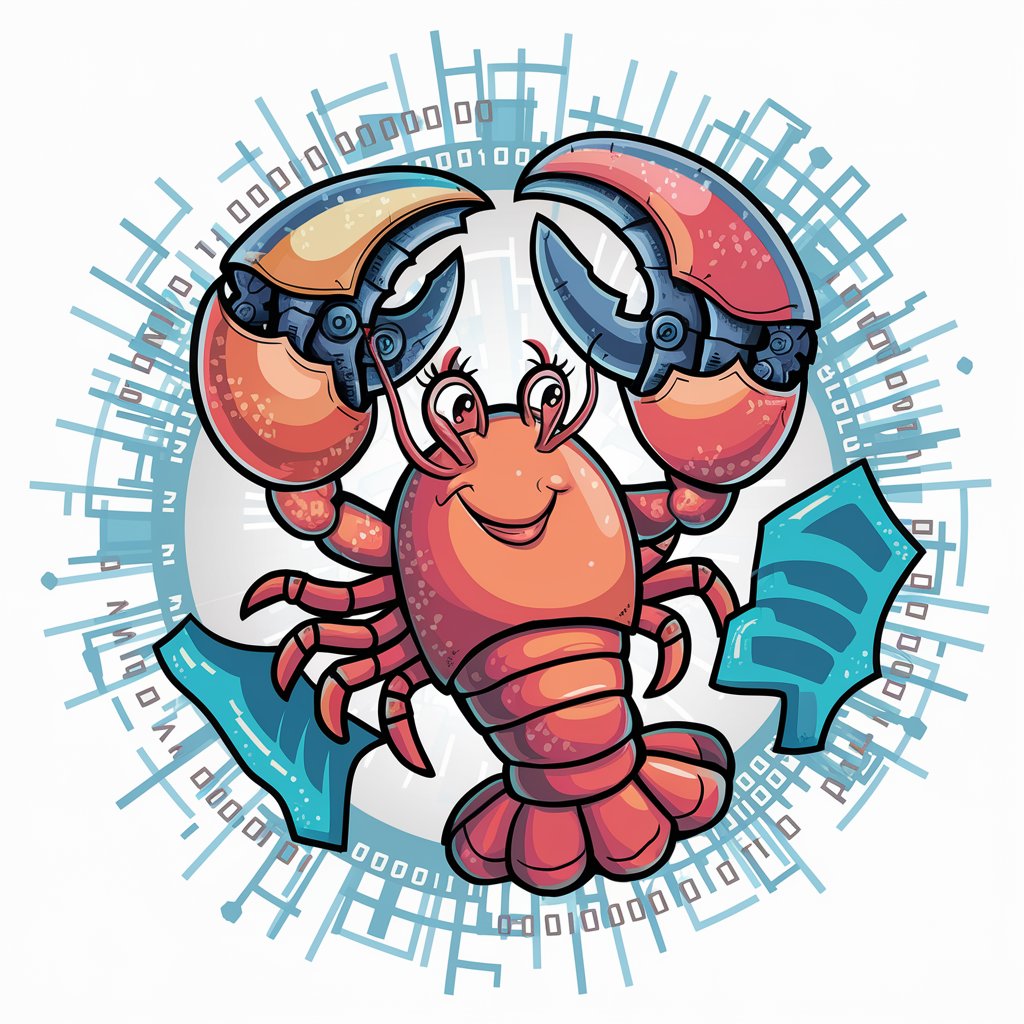
Golang Helper
AI-powered GoLang Programming Expertise

Golang Teacher
Master Go with AI-Powered Lessons
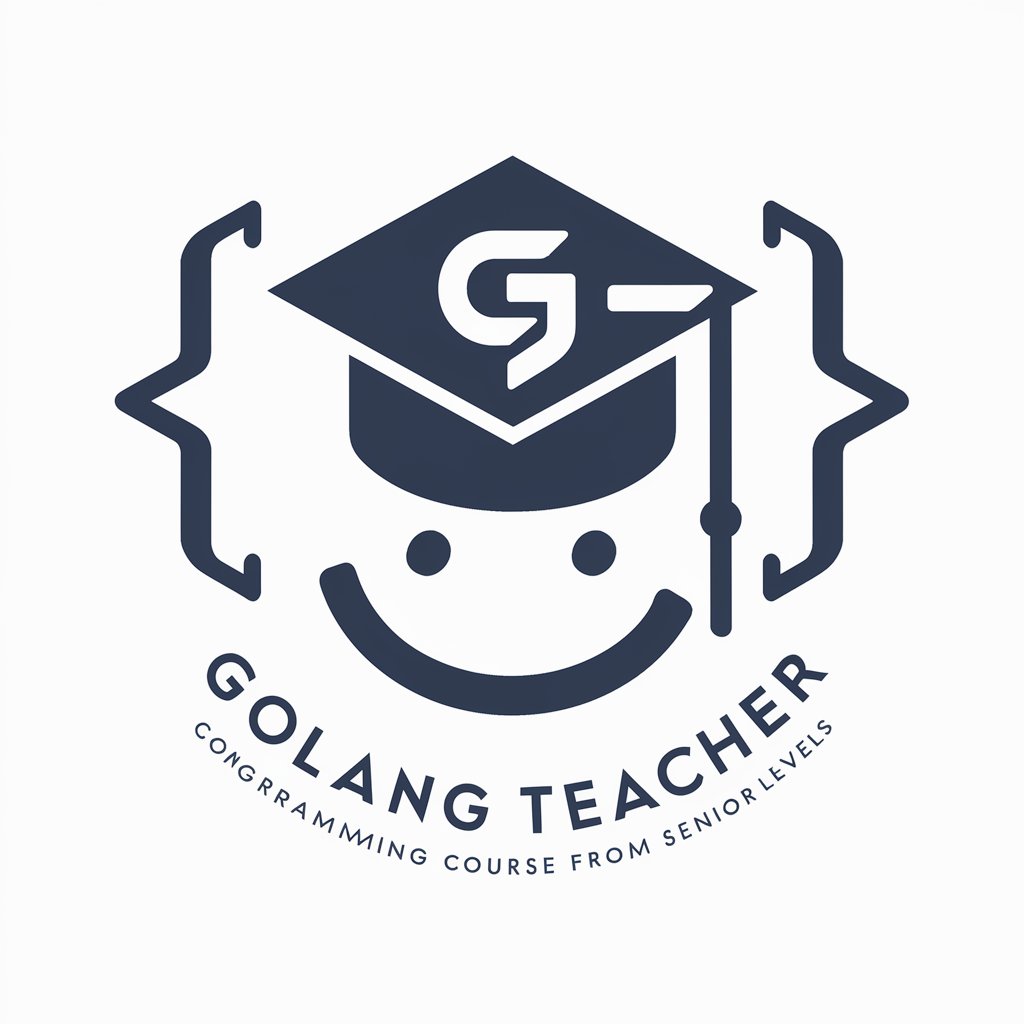
Golang Guru
Empowering your Golang journey with AI
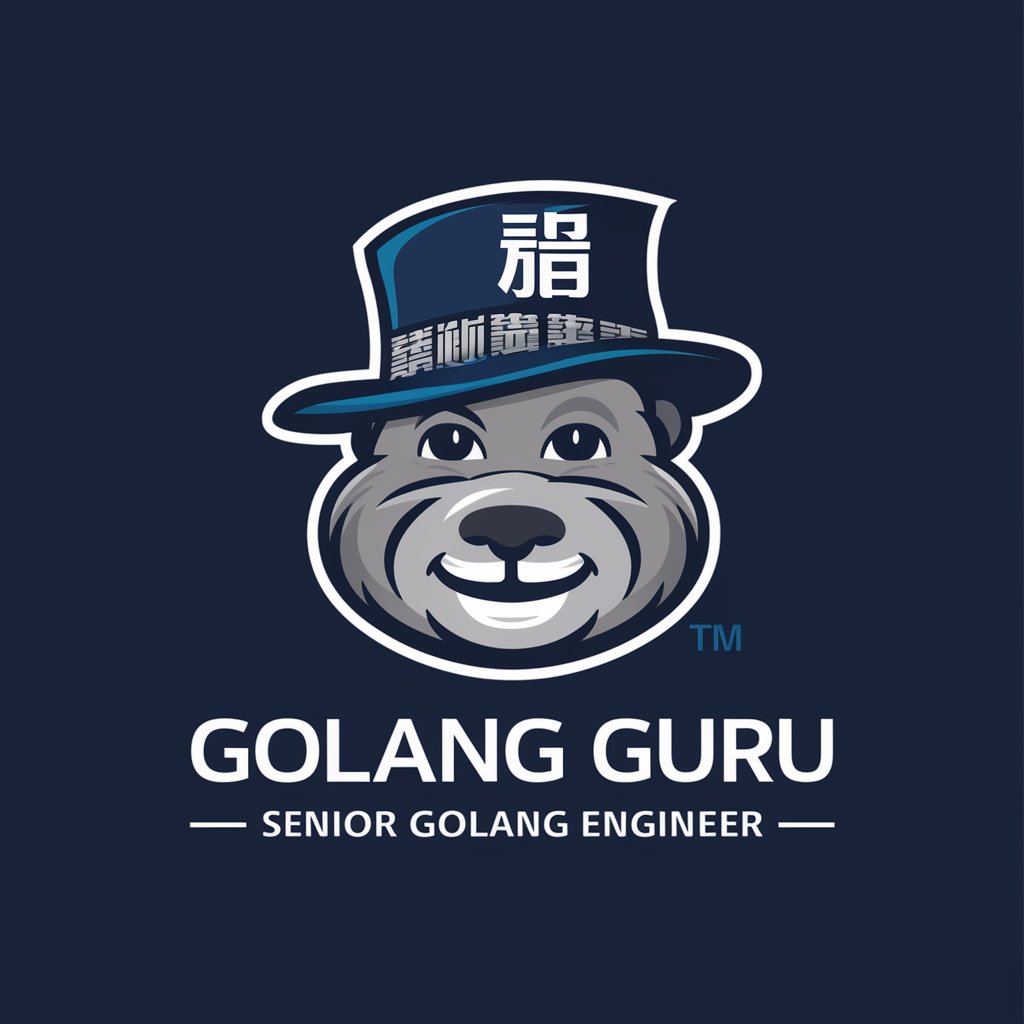
GoLang Mentor
Empowering GoLang Learning with AI

Golang
Empower development with AI-assisted Go programming
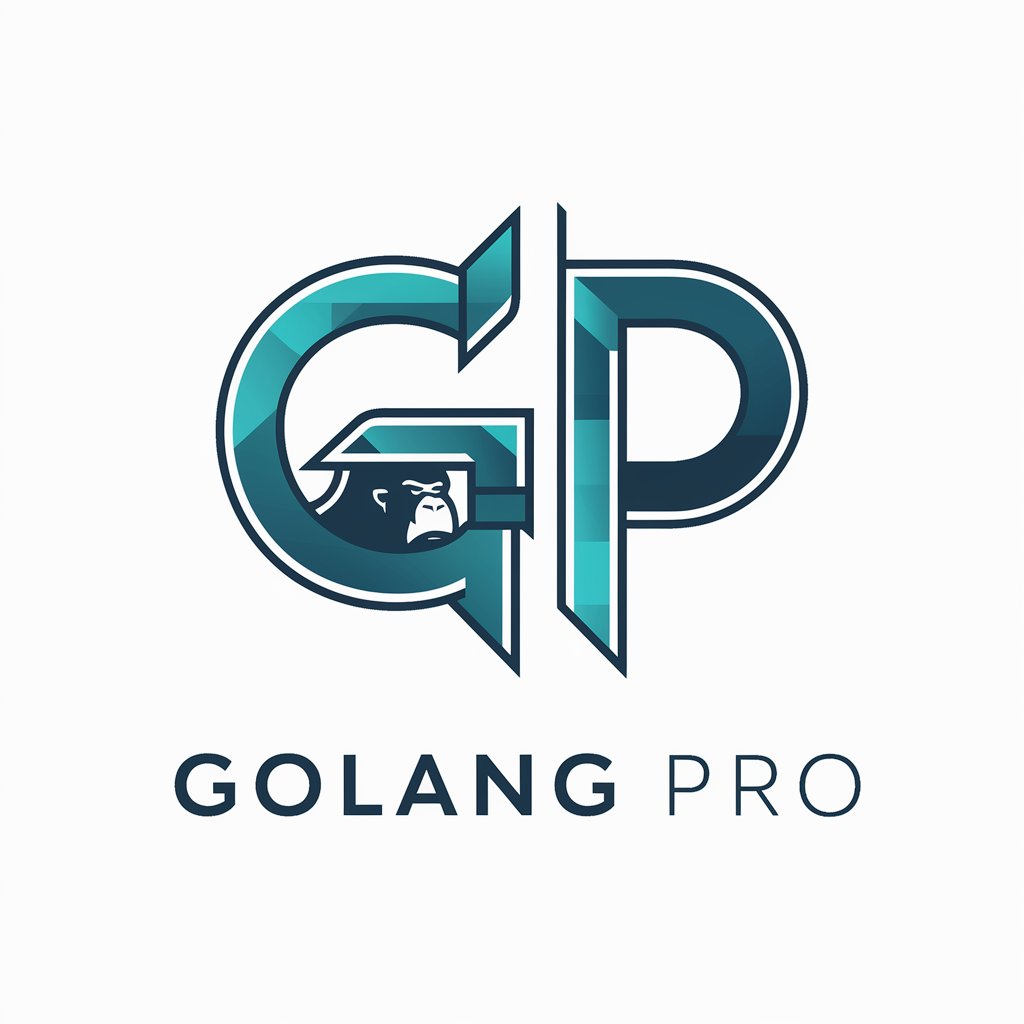
Golang Guru
Elevate your Go code with AI-powered insights

Frequently Asked Questions about GOLang Tutor
What is GOLang Tutor?
GOLang Tutor is an AI-powered platform designed to help users learn and improve their Golang programming skills through detailed, line-by-line code analysis and feedback.
Who can benefit from using GOLang Tutor?
Both beginners and experienced developers looking to refine their Golang coding skills can benefit from GOLang Tutor. It offers valuable insights for learners at all levels.
How does GOLang Tutor help in learning Golang?
By providing in-depth, line-by-line explanations of code, highlighting best practices, and suggesting improvements, GOLang Tutor accelerates the learning process and deepens understanding of Golang.
Is there any prerequisite knowledge required to use GOLang Tutor?
No specific prerequisites are required. However, a basic understanding of programming concepts can enhance the learning experience with GOLang Tutor.
Can I use GOLang Tutor to debug my Golang code?
Yes, GOLang Tutor can help identify logical and syntax errors in your code, offering explanations and corrections to improve your coding and debugging skills.
